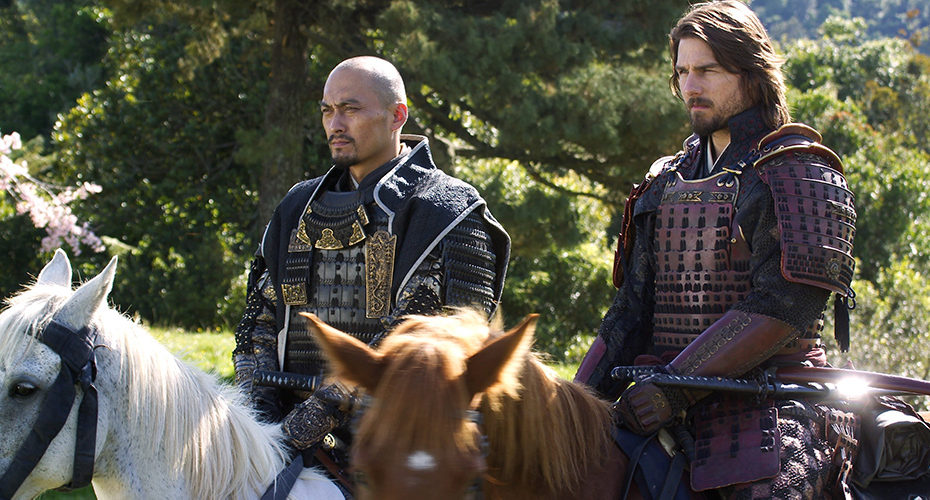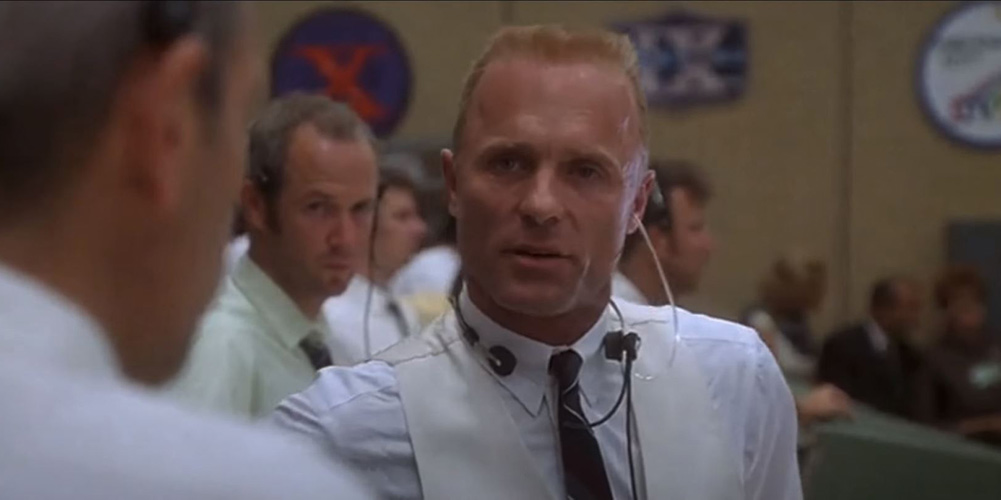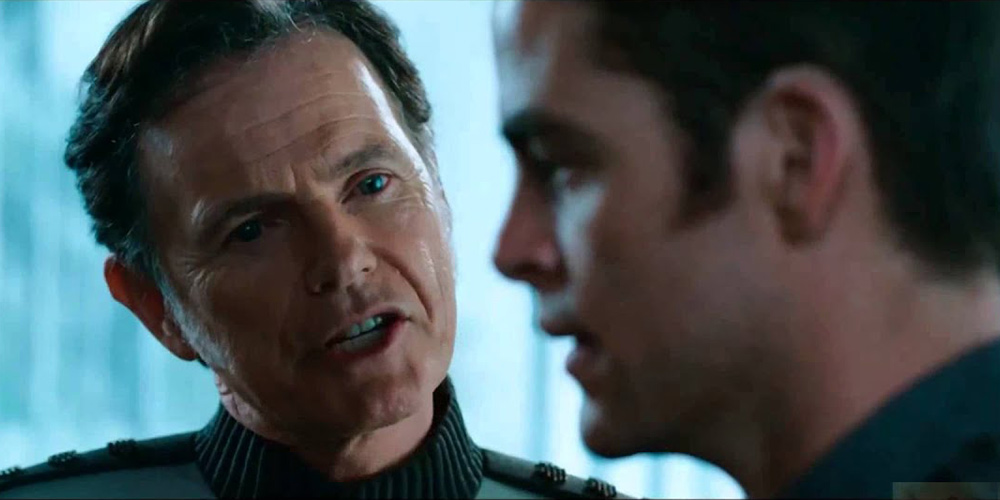Leading a new team can be an exciting but sometimes difficult time. Each team is a unique challenge – what’s worked for you before may not work as well again. So what should you consider when approaching your role?
The Situational Leadership model helps leaders consider the skills and motivations of their team, and the complexity of their task – and select their leadership style accordingly.
Developed by Paul Hersey and Ken Blanchard, situational leadership suggests that with less ‘mature’ groups, leaders should place more emphasis on the task. But when groups are more mature, they will get better results by emphasising relationships.
There are four situational leadership styles. The first two focus primarily on ‘task’, while the second two focus more on developing team members’ ability to act independently.
1. Telling
With this style, leaders tell their people exactly what to do, and how to do it. It is best with people who lack the knowledge, skills or confidence to work on their own, and often need to be encouraged to take the task on.
In U-571, a leader who should adopt a telling style fails to do so. Lt Tyler takes on the commanding officer role of a captured U-boat when his own submarine is destroyed. He admits to his panicking crew that he ‘doesn’t know how they’re going to get out of this mess’, and consequently begins to lose control as they suggest their own way forward.
In the clip below, Tyler’s Chief Petty Officer reprimands him for this failure, telling him that ‘the captain always knows!’
2. Selling
Leaders adopting this style still provide information and direction, but they pay more attention to ‘selling’ their message to get their team on board. It’s best used when your team might be willing to work on the task, but don’t have the skills to do it successfully.
In this clip from Robin Hood, Prince of Thieves, Robin seizes an opportune moment to persuade his fellow outlaws to buy into a full-scale rebellion. They share a common enemy, but are pessimistic about their ability to take on the Sheriff of Nottingham. Robin has to ‘sell’ his message that a rebellion could be successful, and how it could work.
3. Participating
Here, leaders start to focus more on the relationship with their team and less on giving direction. They take on a more participative style and share decision-making responsibilities. It’s effective when your team members have a higher level of skill, but are still not confident in their own abilities.
You can see this style in action in Apollo 13. With a team of highly intelligent and skilled NASA operatives, flight controller Gene Kranz leans heavily on their expertise and allows a vigorous debate in order to come to the right decision. Shaken by the immensity of the task that lies before them, Kranz gives his team the confidence to focus on what they’re doing, and keeps overall responsibility for making the tough decisions.
4. Delegating
With this style, leaders pass most of the responsibility onto their team. They still monitor progress, but are less involved in decisions. It’s most effective when team members are able to work on their own, and have high levels of skill, confidence and motivation.
You can see this style in action in The Last Samurai. In the Samurai village, everyone knows their role. Centuries of custom have instilled a powerful culture of self improvement where everyone seeks to better their skills. In the words of captured American captain Nathan Algren, ‘from the moment they wake, they devote themselves to the perfection of whatever they pursue’.
In this powerful culture where expectations are clear and commitment to improvement absolute, Samurai leader Katsumoto needs to take a far less directive role with his people.
Situational leadership is an effective tool for reflecting on your own leadership style. Think about your own team members’ skills, confidence and motivation, and assess whether you’re currently using a style that is likely to get the most from them.





Good article. I’m dealing with many of these issues as well..